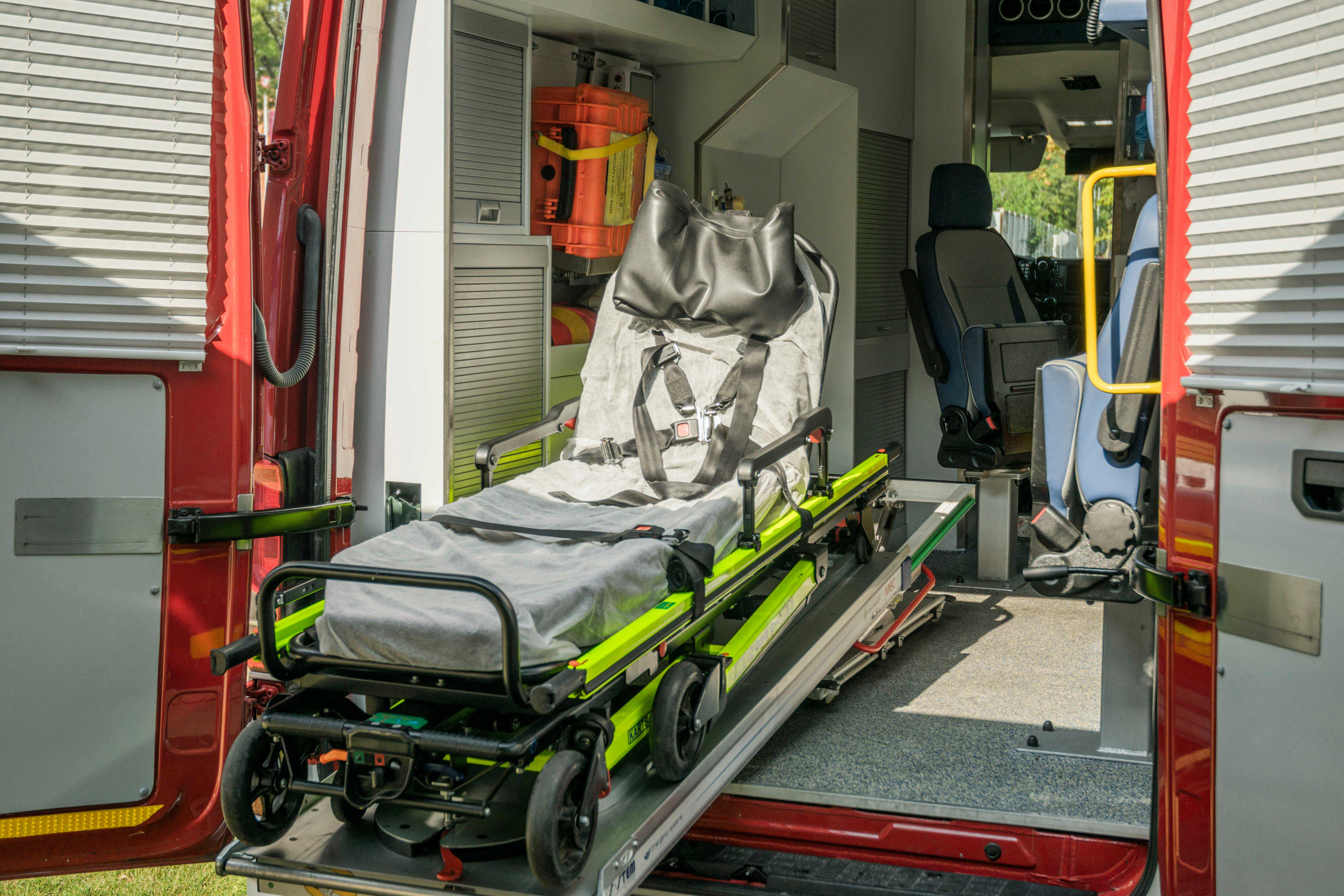
@ShahidNShah


Disasters do not take a break. Two examples are a hurricane barreling through beachside villages or a health crisis filling hospital wards with patients. Medical capacity has to adapt to the situation and frequently literally. Deployable health structures have become a vital resource in doing so. Mobile health units deliver quick, versatile and expandable health services where conventional ambulatory clinics are unavailable or incapacitated.
Field hospitals early in the COVID-19 pandemic provided compelling evidence of the pace and extent to which health systems could be mobilized, taking emergency services to temporary parking lots and gymnasiums that were transformed overnight into improvised centers of triage. In such settings, not only does the quality of the care depend on medical skill, but also on the infrastructure—ventilation, isolation capacity, power and environmental controls.
Although mobile clinics are remarkable in terms of their versatility, their effectiveness depends on the conditions within them. That is where a custom environmental control unit is essential. Such systems control temperature, air circulation and humidity—crucial to preventing infection and ensuring that temperature-sensitive equipment functions correctly.
Envision a modular ICU in Saharan deserts or arctic tundras. Without climate control, medical equipment fails, supplies get ruined and patients suffer. Customized environmental controls ensure that every unit is mission-capable, regardless of location or environmental conditions. Each of these units’ accuracy is a necessity, not a luxury—it is a matter of saving lives.
The effectiveness of mobile health units is not anecdotal but supported by evidence. A study published in BMC Health Services Research (2024) found that mobile clinics deployed to areas of conflict and disaster helped alleviate patient burden at saturated local hospitals. The clinics provided critical maternal, child and trauma care within 48 hours of deployment.
The research demonstrated how quick deployment, combined with logistical organization and suitable clinical equipment, made a massive difference in survival rates and patient volume. In areas where hours were critical, mobile health units bridged a gap that mere conventional hospitals couldn’t fill within a timely framework.
The most significant advantage of modern deployable medical units is that they are modular. These are not generic tents—they are engineered buildings designed to match a particular mission. A module could be a triage station; a second, a full-size operating room. Configurations can be scaled and swapped out, allowing them to be adapted to a wide range of situations, such as vaccination clinics and battlefield trauma.
The modularity permits public health agencies to adjust quickly to new requirements. A response to a rural flood could call merely for rudimentary diagnostics and vaccinations, whereas the aftermath of an earthquake could demand full surgical teams and trauma units. The same basic infrastructure can be used to deliver both.
Another innovation revolutionizing deployable medical units is the integration of telehealth and digital diagnostics. Through satellite uplinks and hardened digital equipment, even the most remote field clinics can now receive specialist consultations, radiology interpretations and real-time electronic health records.
This is groundbreaking for rural, underserved areas or disaster-stricken remote areas. Thanks to digital health integration, a clinician in a field clinic in sub-Saharan Africa can collaborate with a cardiologist in London or view imaging results in real-time. This raises the level of care and ensures that clinical decisions are data-driven and informed by the latest research.
The New Zealand Medical Assistance Team (NZMAT) has been pioneering quick medical response for many years. Its deployable facilities can be deployed within 24 hours of notification and provide a range of services, from primary care to advanced trauma care.
What distinguishes NZMAT is its all-encompassing preparedness approach. It pre-packs facilities, tests them routinely and has them accompanied by trained clinicians with expertise in both medicine and emergency logistics. Its deployment to Tonga in the aftermath of the 2022 volcano eruption demonstrated the full capability of mobile health systems: adaptability, autonomy and agility.
Although promising, deployable medical facilities have challenges. Transport logistics require detailed planning, particularly in disaster areas or remote regions. Healthcare professionals provide clinical treatment and set up and maintain the facilities. Additionally, supporting medical supply lines for perishable items, such as vaccines or oxygen tanks, can be daunting.
Health planners must also consider culture and community trust when deploying in foreign or underserved areas. It is not only a matter of hardware and software but also of people-focused design and intersectoral engagement.
In the future, solar innovations, AI-based environmental controls and even drone-facilitated resupply will redefine the limits of possible with mobile healthcare. Autonomous diagnostics, sophisticated climate control with renewable power and data analytics embedded within will be included in next-generation mobile devices.
With climate change increasing the severity and occurrence of disasters and geopolitics further displacing people, there will be a greater demand for responsive and resilient health infrastructure. Deployable medical facilities—designed with vision and fueled by technology—present a compelling vision of what healthcare can be in the worst of circumstances.

Hearing health is advancing faster than ever, with new technologies transforming the way professionals diagnose and manage hearing conditions. What was once limited to basic amplification has evolved …
Posted Apr 30, 2025 Otolaryngology Audiology Healthcare
Connecting innovation decision makers to authoritative information, institutions, people and insights.
Medigy accurately delivers healthcare and technology information, news and insight from around the world.
Medigy surfaces the world's best crowdsourced health tech offerings with social interactions and peer reviews.
© 2025 Netspective Foundation, Inc. All Rights Reserved.
Built on Dec 24, 2025 at 11:26am